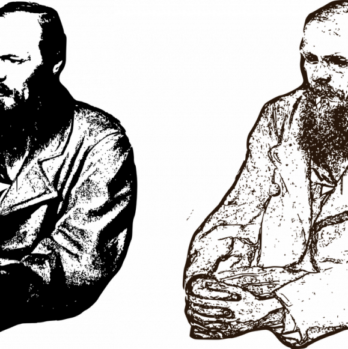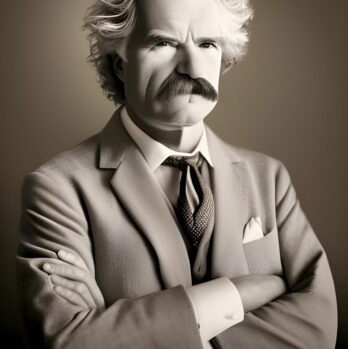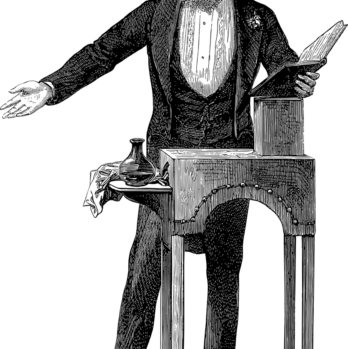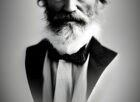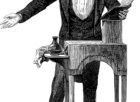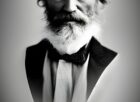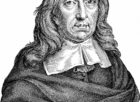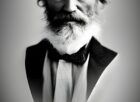Orlando Virginia Woolf: A Journey through Time and Transformation
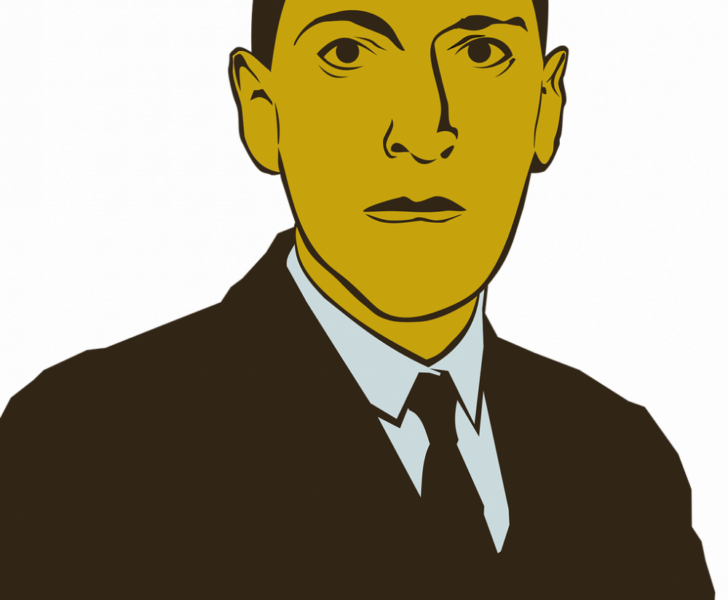
Introduction:
Orlando is a renowned novel written by Virginia Woolf, an English modernist writer and one of the most influential authors of the 20th century. This article delves into the significance of Orlando in the literary world, its historical evolution, and its relevance to art enthusiasts and collectors. By exploring its themes, characters, and transformations, readers will gain a comprehensive understanding of this extraordinary novel.
I. Understanding Orlando Virginia Woolf
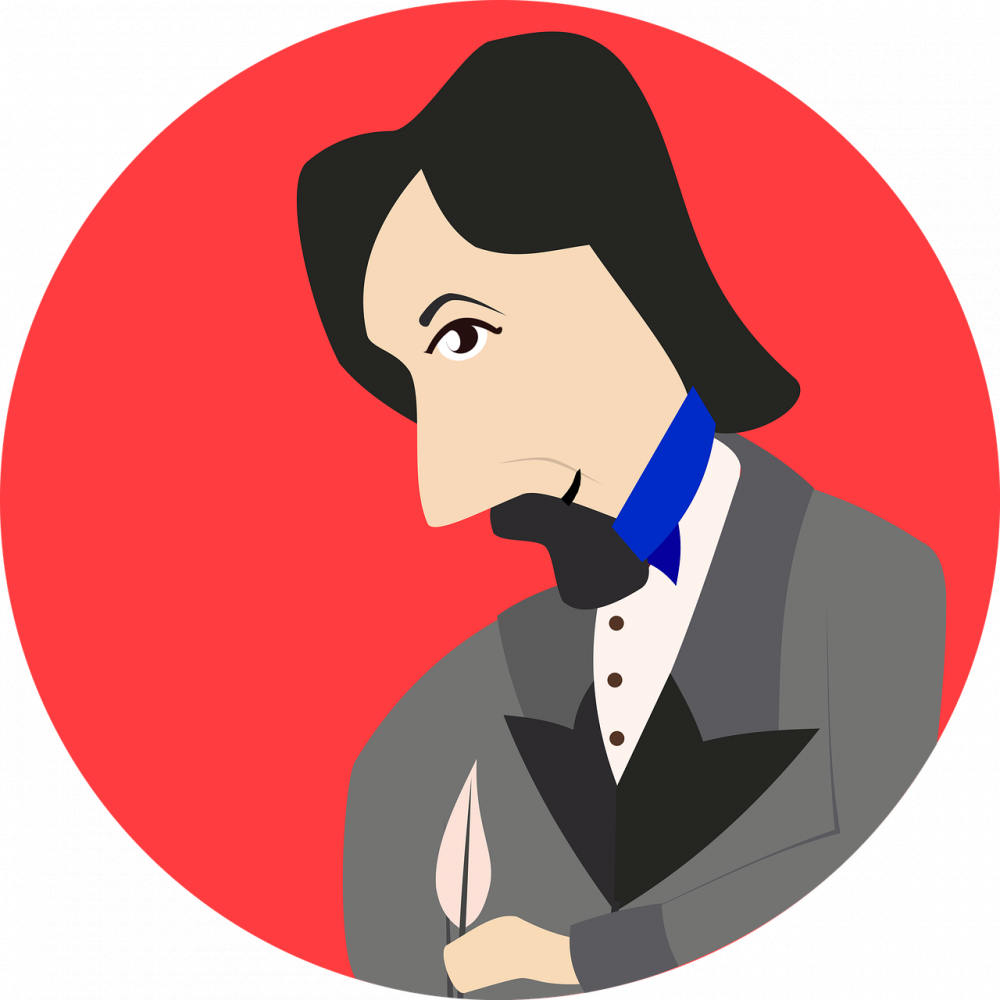
Orlando, first published in 1928, is a unique work that challenges traditional notions of gender, time, and identity. It tells the story of a young nobleman named Orlando who embarks on a journey of self
–
discovery spanning over four centuries. The novel explores themes of gender fluidity, the passage of time, and the intricacies of human experience.
Orlando is often regarded as a groundbreaking piece of literature due to its unconventional narrative style and compelling portrayal of gender. Woolf’s exploration of the fluidity of identity challenges societal norms and offers a powerful commentary on the construct of gender itself. Through Orlando’s transformation from a man to a woman, Woolf challenges readers to question the limitations imposed by societal expectations.
II. Historical Evolution of Orlando Virginia Woolf
To fully appreciate the significance of Orlando, it is essential to understand its historical context and the events that influenced Virginia Woolf’s writing. Woolf was a prominent figure in the Bloomsbury Group, an influential collective of artists, writers, and intellectuals in early 20th
–
century Britain. The group sought to challenge societal norms, leading to innovative and groundbreaking works of art and literature.
Orlando was inspired by Woolf’s close relationships within the Bloomsbury Group, including her romantic involvement with Vita Sackville
–
West. Sackville
–
West’s life and her ancestral home, Knole, served as the inspiration for the character of Orlando. Sackville
–
West’s unconventional lifestyle, bisexuality, and exploration of gender identity deeply influenced the themes and narrative structure of the novel.
III. Themes and Transformations in Orlando
a. Gender Fluidity: Orlando’s most prominent theme is its exploration of gender and its fluidity. As the protagonist undergoes a transition from male to female, readers are confronted with the notion that gender is not fixed but rather a social construct that can be defied and reshaped.
b. Time and Transformation: Orlando’s journey through time allows Woolf to examine the passage of time and its effect on personal identity. The novel highlights the fluidity of human experience and the transformative nature of life itself.
c. Art and Creativity: Orlando’s deep appreciation for art and literature underscores the novel’s connection to the world of creativity. Through Orlando’s artistic pursuits and encounters with famous historical figures, such as Alexander Pope and Queen Elizabeth I, Woolf celebrates the power of art to transcend time and shape individual identity.
IV. Orlando Virginia Woolf as a Featured Snippet
By structuring this text to enhance its visibility on search engines, we ensure its potential to appear as a featured snippet, offering valuable information to those interested in Orlando Virginia Woolf. Some key points include:
–
–
Understanding the Significance of Orlando: Challenging Gender Norms and Identity Constructs
–
Historical Evolution: Bloomsbury Group and Vita Sackville
–
West’s Influence
–
Themes Explored: Gender Fluidity, Time, and Transformation, Art and Creativity
V.
In this section, watch an insightful video analysis of Virginia Woolf’s Orlando, highlighting the novel’s key themes, character development, and historical context. This video offers a visually engaging and informative resource to further deepen your understanding and appreciation of this remarkable literary masterpiece.
Conclusion:
Orlando Virginia Woolf is a literary gem that continues to captivate readers with its exploration of gender, time, and personal transformation. Through its historical context, themes, and transformative journey, Woolf invites us to question societal norms and embrace the freedom of self
–
expression. Whether you are an avid art enthusiast, collector, or simply curious about the power of literature, Orlando offers an unforgettable experience that transcends time and resonates with the complexities of the human condition.
